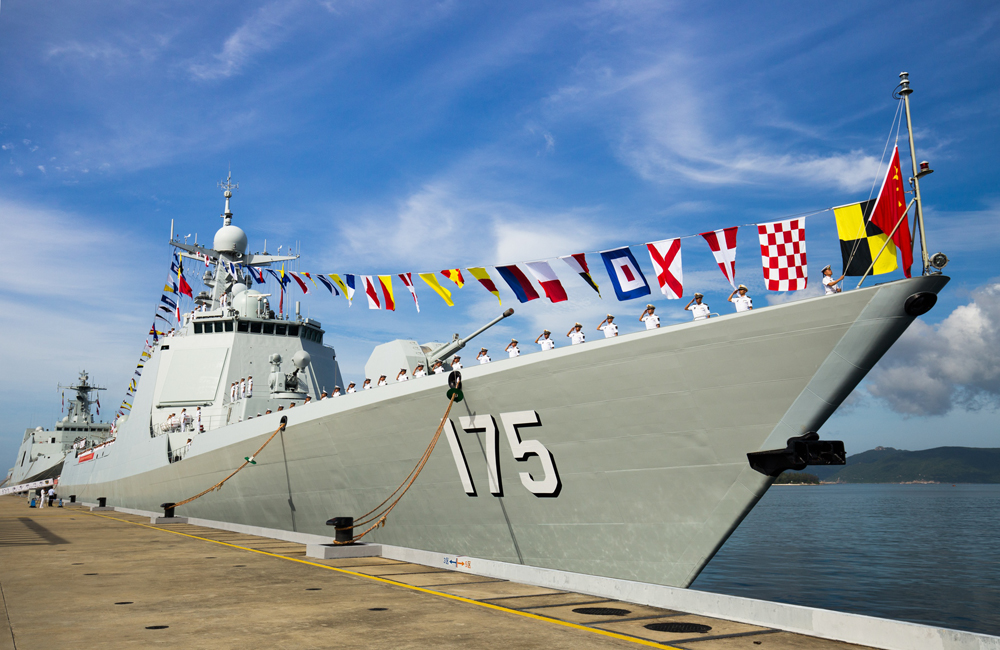
Photo: chinanews.com
China announced the commissioning of its fourth guided-missile destroyer, 052D Yinchuan, and warned it could set up an air defense zone over the disputed area in the South China Sea, the RT information website reported on July 13. The announcement was made right after the Hague Tribunal ruled on China’s claims in the South China Sea.
According to China’s Vice Foreign Minister Liu Zhenmin, Beijing has all the rights to create an air defense zone in the South China Sea. The decision will depend on the type of threat China faces. However, Beijing hopes to resume negotiations with the Philippines over the South China Sea.
At the same time, Senior Colonel Yang Yujun, spokesman for the Ministry of National Defense (MND), said that “the Chinese military will firmly safeguard its national sovereignty, security and maritime rights and interests, unwaveringly safeguard regional peace and stability and deal with all kinds of threats and challenges.”
The new 052D Yinchuan destroyer was put into operation in the port in Sanya in the Hainan province on July 12. The port is situated on an island that is the nation’s southernmost point.
The length of the Yinchuan destroyer is about 150 meters. It has a 20-meter beam, and is equipped with advanced weapons systems. The guided-missile destroyer can conduct aerial defense, antisubmarine operations, and anti-sea missions, making it one of the most powerful vessels that China has today.





